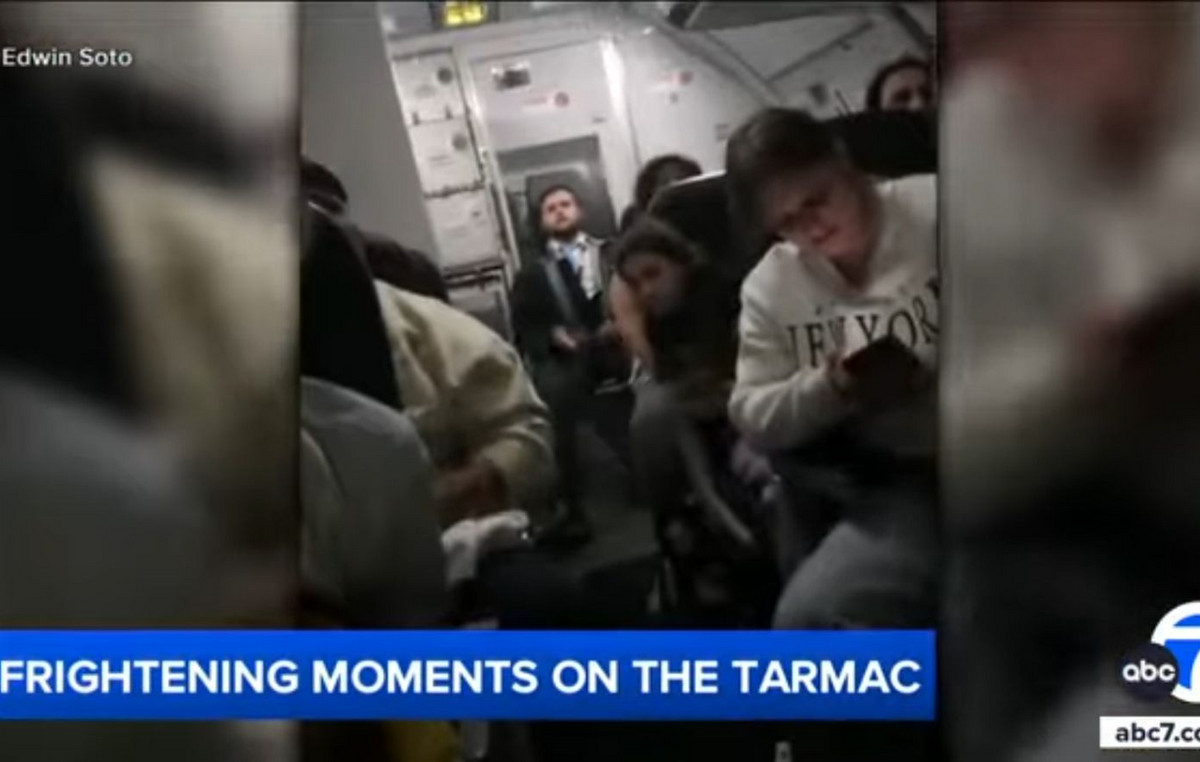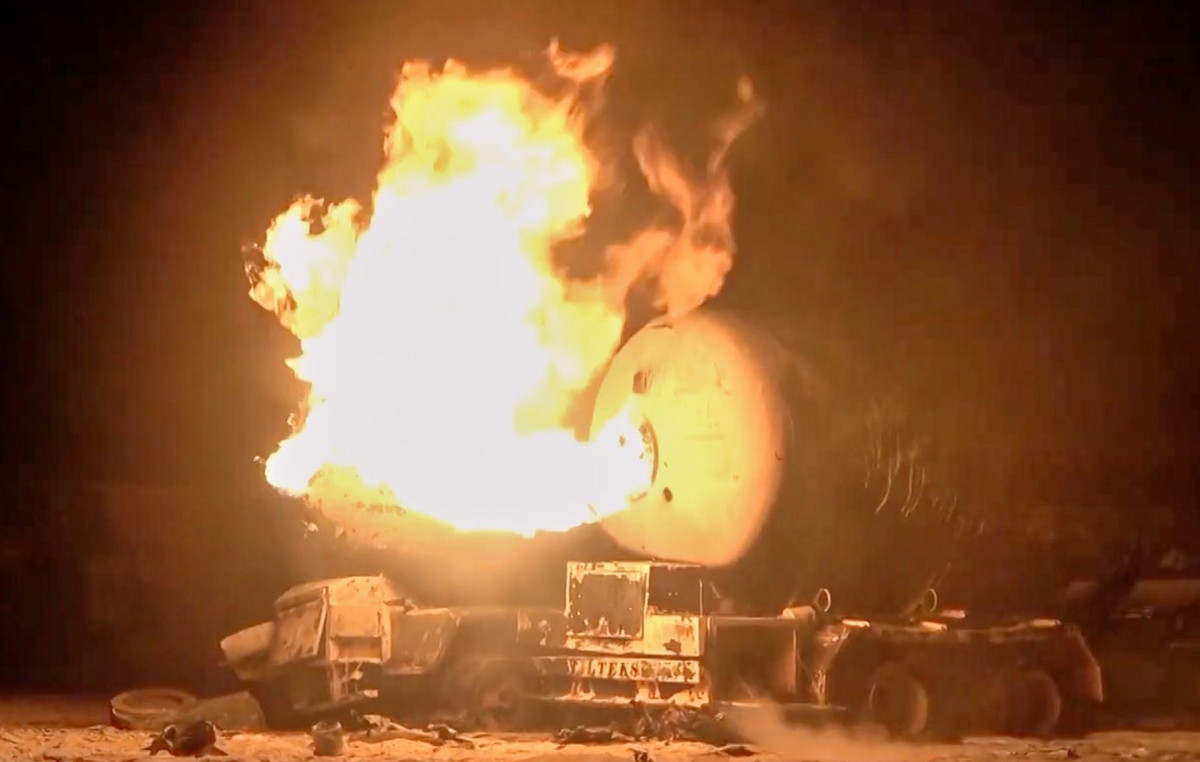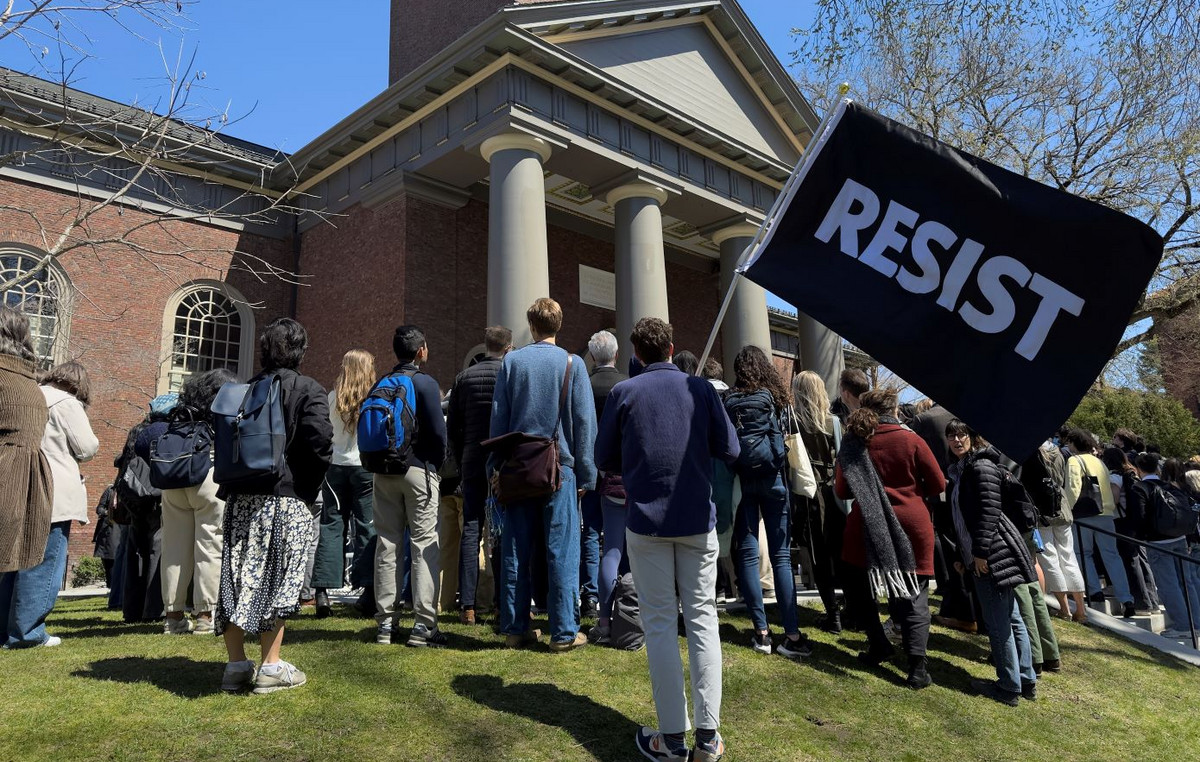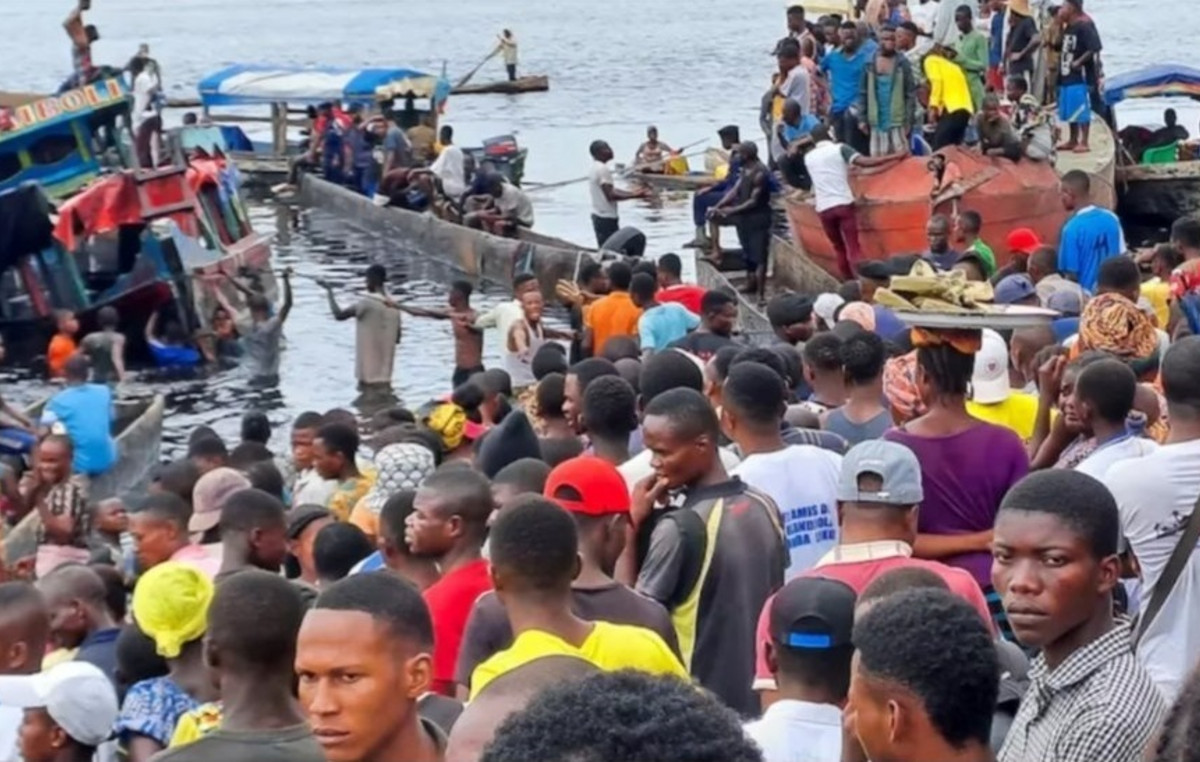Brazil faces growth in cases of violence in the school environment, according to data from the São Paulo State Research Support Foundation (FAFESP). THE devaluation of teaching activity in the collective imagination, the Relativization of Hate Discourse and the unpreparedness of education secretariats to deal with conflicts derived from situations of racism and misogyny are hypotheses that can explain aggressions in educational institutions, which caused at least 47 fatalities since 2001.
According to FAPESP research, the Ministry of Education (MEC) recognizes four types of violence that affect the school community.
The first refers to extreme aggressions, with premeditated and lethal attacks; The second embracing situations of interpersonal violence, involving hostilities and discrimination between students and teachers; and the bullying when repetitive physical, verbal or psychological intimidation occurs.
Still according to the study, there is the institutional violence which has exclusionary practices by the school. For example, when the didactic material used in the classroom disregard questions of racial diversity and from gender.
Finally, the MEC also identifies problems covering the institution’s surroundings , such as drug trafficking, shootings and robberies.
According to data from the Ministry of Human Rights and Citizenship (MDHC), in 2013, they were recorded 3.7 thousand victims of interpersonal violence in schools, a value that has risen to 13.1 thousand in 2023.
The numbers include students, teachers and other members of the school community. Among the occurrences, 2.2 thousand Cases involved self -proclaimed violence (self -mutilation, self -pointing, suicidal ideation, suicide attempts and suicides). This type of aggression increased by 95 times between 2013 and 2023.
Violence in the school environment
People treated in public and private health services with self -probed injuries, victims of physical and verbal aggression:
- 2013: 3,771
- 2014: 3,746
- 2015: 3,880
- 2016: 4,250
- 2017: 5,647
- 2018: 6,242
- 2019: 7,100
- 2020: 1,720
- 2021: 2,282
- 2022: 9,240
- 2023: 13.117
Source: Observadh (Federal Government)
The 2024 Atlas of Violence indicates that there was a growth in the proportion of students who reported bullied. The analysis was based on data from the Notification Information System (Sinan), the Ministry of Health and the National School Health Survey (Pensa), prepared by the Brazilian Institute of Geography and Statistics (IBGE).
In 2009, the percentage of students from Brazilian schools who reported being victims of bullying was 30.9%, number that rose to 40.5% In 2019.
“In addition, in the same year, the proportion of elementary school students who stopped going to school for a sense of insecurity reached 11.4%, more than double the 5.4% recorded in 2009,” said Daniel Cerqueira, economist at the Institute for Applied Economic Research (Ipea).
The researcher pointed out that statements of public figures relativizing violence They helped create an environment in which aggressive and intolerant discourses were naturalized, which may have negatively affected school coexistence.
Another aspect pointed out by Cerqueira concerns the increase in domestic violence against children and young people.
According to Atlas of Violence, in 2009, 9.5% of the elementary school students of Brazilian capital reported that they were assaulted by some family member. In 2019, this percentage rose to 16.1%.
Devaluation of teaching
THE devaluation teaching the discontinuity of educational policies and the precariousness of school infrastructure also contributed to the increase of violence in the school environment, according to Angela Soligo, a psychologist at the State University of Campinas (Unicamp).
The expert coordinated a national study on violence and prejudice at school, published in 2018 and carried out in partnership with federal universities in numerous regions of the country.
In the research, institutional prejudices Present in the curriculum, didactic material and pedagogical relations were pointed as factors of aggravation of the scenario.
According to Soligo, federal laws No. 10,639, 2003, and No. 11,645, 2008, which oblige the inclusion of the teaching of history of Africa and on indigenous peoples, often are not respected in schools .
In addition, according to the psychologist, students who are victims of racism , male chauvinism and homophobia They are not always welcomed by school management.
Regarding the lack of visibility of negative students’ experiences, psychologist João Galvão Bacchetto, from the National Institute for Educational Studies and Research (Inep), developed an analysis based on questionnaires applied to school principals through the Basic Education Assessment System (SAEB).
In all, the survey gathered 63 thousand answers. One of the most striking finds was the high number of schools that claim not to face any violence: 40% of the units declared not to register incidents. Already 20% of educational institutions reported only punctual episodes of low severity.
For Bacchetto, the data show that there is a mismatch between student suffering and its recognition by school management. “Violence is also a matter of perception. Many schools do not know how to recognize it,” he said.
Check out the conflict vocabulary below:
- BULLYING: Intimidation involving acts of physical or psychological violence, characterized as intentional, repetitive and persistent aggressions. The phenomenon can manifest through direct attacks, insults and humiliations in the school environment.
- Cyberbullying: Digital bullying variant, cyberbullying occurs on social networks, messaging apps, and online forums. Practice involves disseminating lies, embarrassing images, threats, derogatory montages, dissemination of intimate photos and offensive comments.
- School climate: The concept refers to the set of perceptions, expectations and experiences shared by students, teachers, staff and school managers. The environment is influenced by institutional norms, values, interpersonal relationships and organizational structures.
- Virtual morbid communities: Online groups organized around disturbing and destructive themes such as extreme violence, self-mutilation, swícidio, murders and crimes. These communities work in forums, social networks and messaging groups.
- Hate Speech: Communication that incites hostility or violence against individuals or groups based on discrimination and prejudice related to race, ethnicity, religion, gender, nationality and sexual orientation.
Sources: MEC/ UN/ TELMA VINHA (UNICAMP)
With the proposal to investigate how bullying and prejudice manifest themselves in the school environment, psychologist José Leon Crochick of the University of São Paulo (USP), one coordinated research funded by the National Council for Scientific and Technological Development (CNPq), which involved 12 other national universities and institutions of Argentina, Spain, Mexico and Portugal.
Carried out between 2018 and 2021, the study covered about 3 thousand students from 89 public schools and private elementary and high school of all participating countries.
The results indicated that students with good academic performance are rarely victims or authors of bullying, while those who face difficulties in the classroom, but stand out in competitive physical activities, may be among the aggressors.
*Under supervision
This content was originally published in school violence caused at least 47 deaths since 2001, shows a study on CNN Brazil.
Source: CNN Brasil
I’m James Harper, a highly experienced and accomplished news writer for World Stock Market. I have been writing in the Politics section of the website for over five years, providing readers with up-to-date and insightful information about current events in politics. My work is widely read and respected by many industry professionals as well as laymen.







